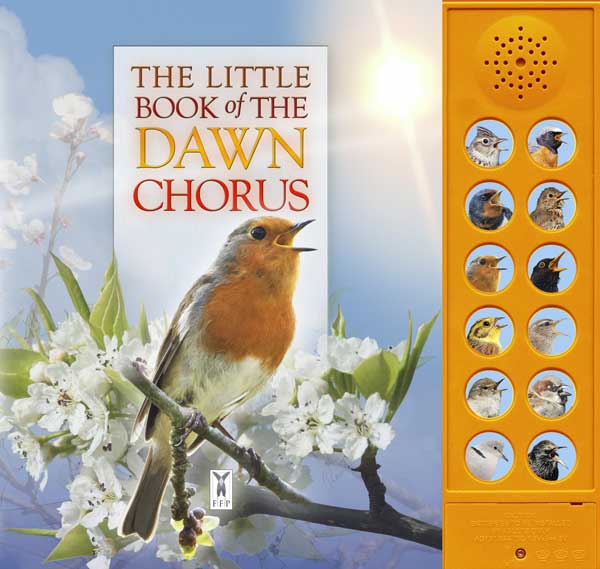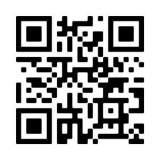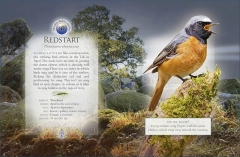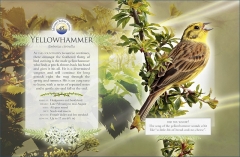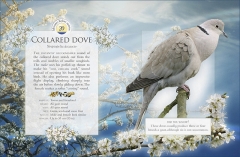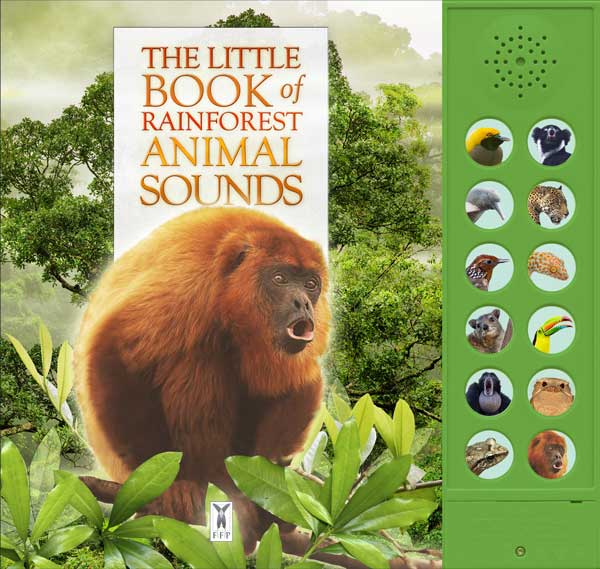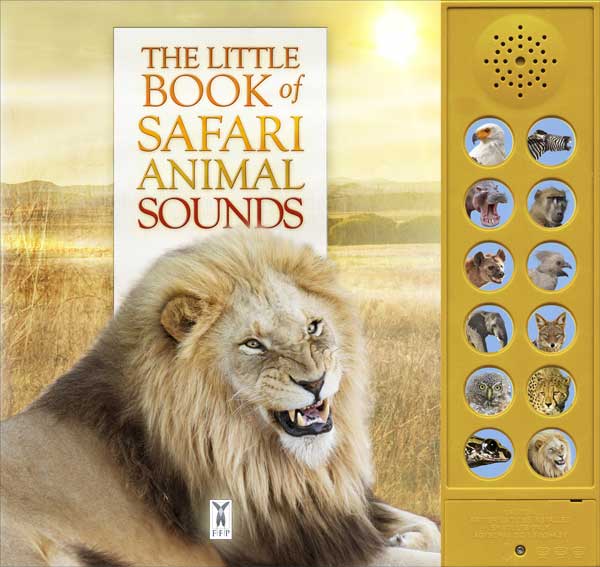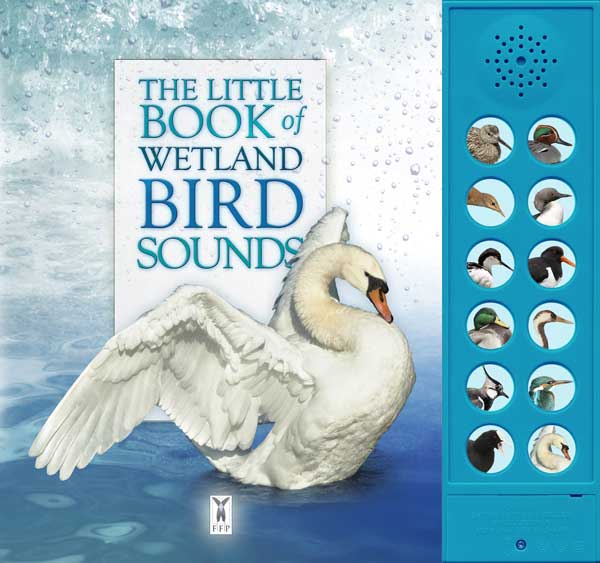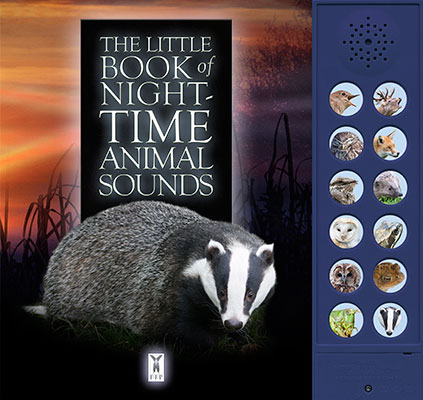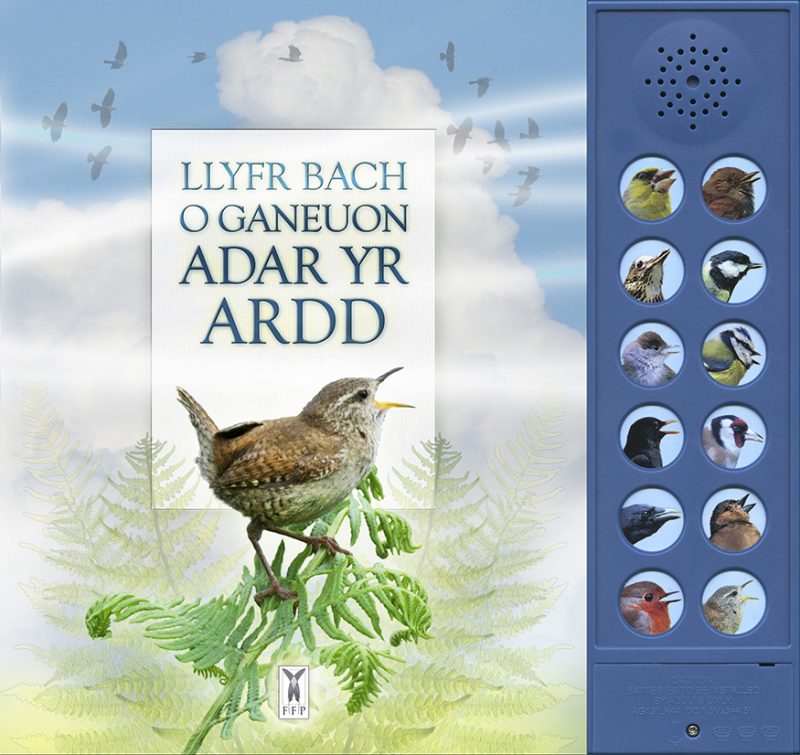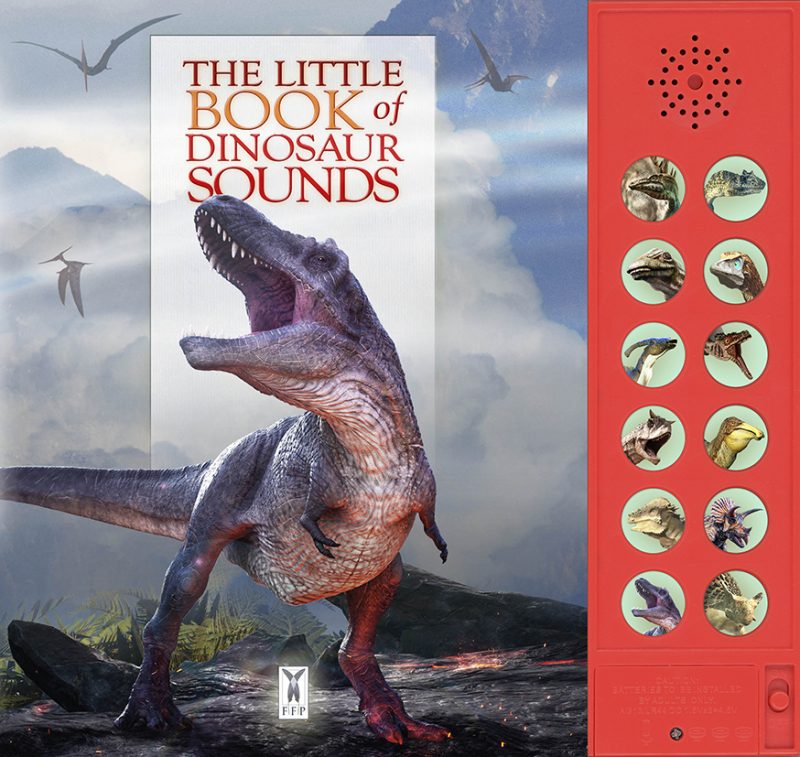What a treat! I really did mean to just glance at The Little Book of the Dawn Chorus but the pull of the
sounds of a dozen different birds singing their hearts out was far too much to resist on a cold and
rather wet February morning. I spent an indulgent hour or so reading all about the birds and listening
to their song. Then - just because I could - I went back and did it all again and it was just as good the
second time around. So, what do you get?
There are a dozen birds, some of which will feature in most people's dawn chorus - the skylark,
redstart, swallow, song thrush, robin, blackbird, yellowhammer, wren, chiffchaff, house sparrow,
collared dove and starling. They're in that order for a good reason as we meet the birds in the order
in which they initiate or join the dawn chorus. The skylark begins at ninety minutes before sunrise,
with the starling coming in last at just fifteen minutes before the sun's over the horizon. You get a
timing for each bird. Whilst you're listening to them sing you can read all about them.
There's a brief description of each bird followed by information about their habitat, when you'll see
and hear them, what they eat, how the male and female differ and a size guide. Then there's a Did
You Know? point, such as the fact that skylarks which sing late on in the season are usually males
which have failed to find a mate. There's a picture of the bird and - without exception - these are
exquisite. Some will be almost lifesize and there's an amazing amount of detail in the plumage. I'd
happily hang every one of them on the wall.
All of this would be excellent on its own, but it's difficult to overstate the delight of actually listening
to the birds. There's a plastic panel to the right of the book (don't worry - it all folds up together and
shelves neatly) and inset into this are pictures of the heads of each birds. Press the head and you'll
hear the song. The quality of the recording is excellent: I was particularly impressed by the song of
the blackbird - which sent shivers down my spine.
The recordings are powered by batteries - when it comes to replacing them you'll need three LR44
batteries which are securely housed behind a panel which can only be accessed by using a very
small four-point screwdriver. You need steady hands and the patience of a saint to get the panel
open, so there's no reason why a child over the age of 36 months shouldn't use the book. I'm sure
that they'll love it - and it will be one of the few sound toys which they have which you'll encourage
them to play over and over again - even in the early hours of the morning.
If this book appeals then you'll also love The Little Book of Garden Bird Song.
– The Bookbag
